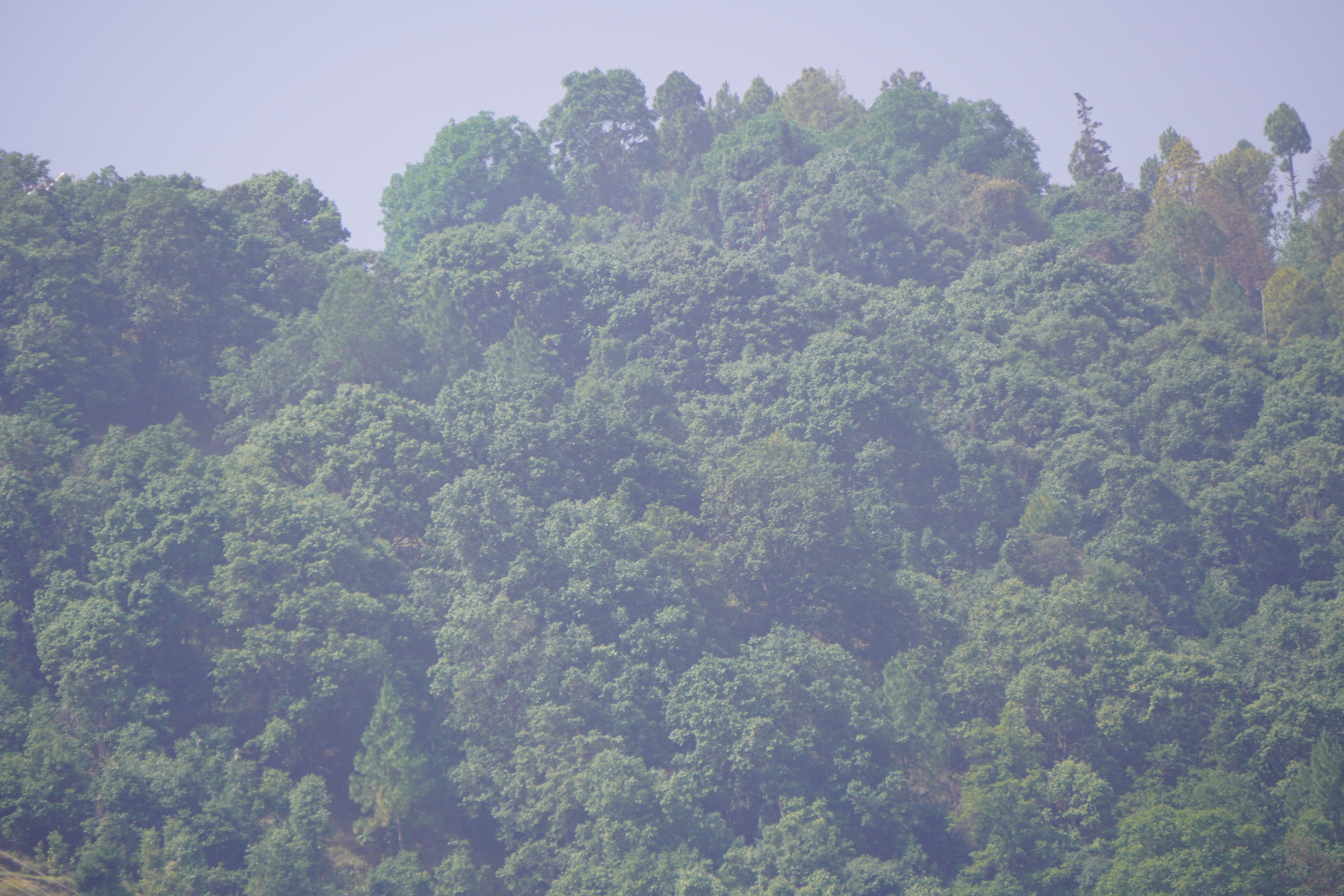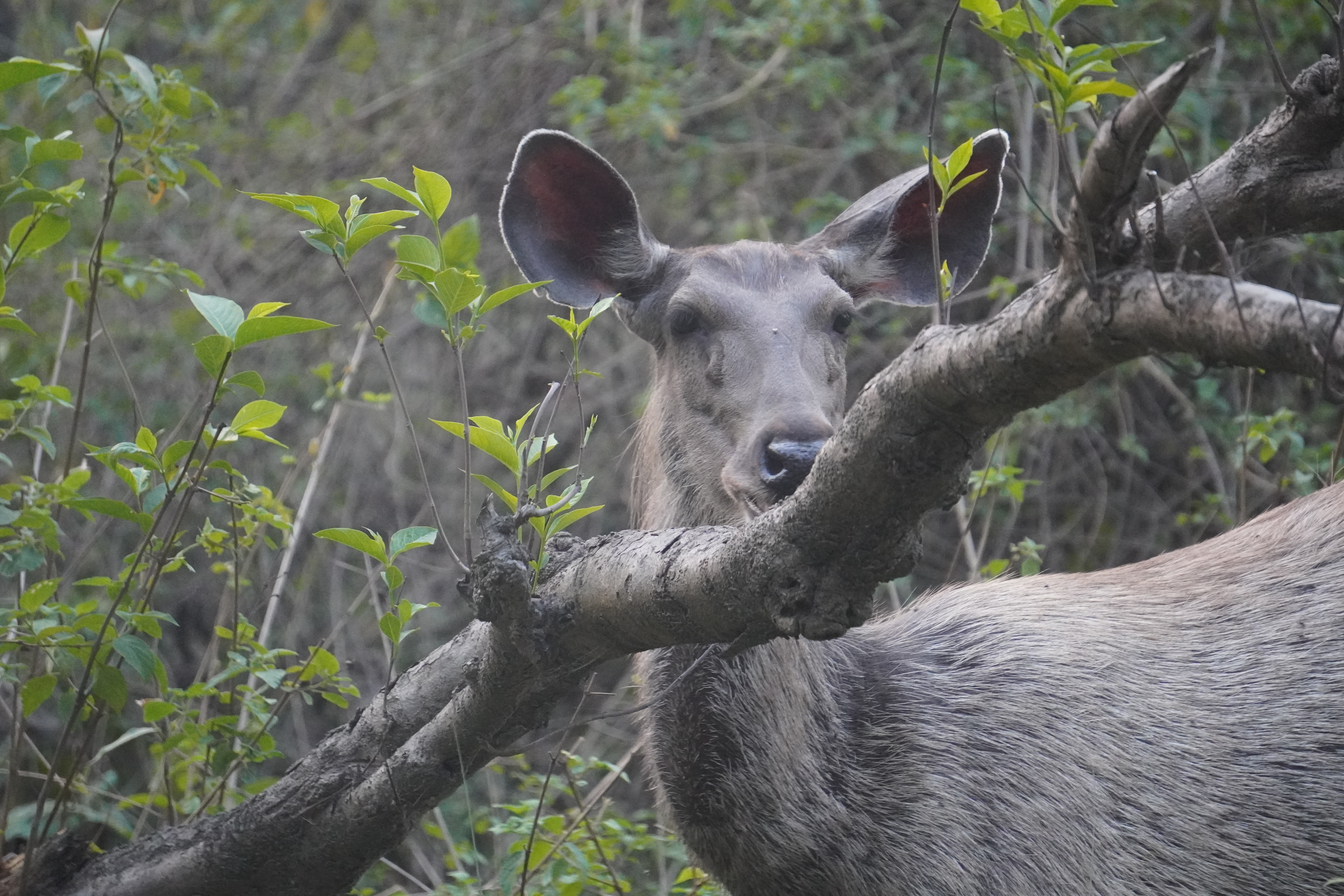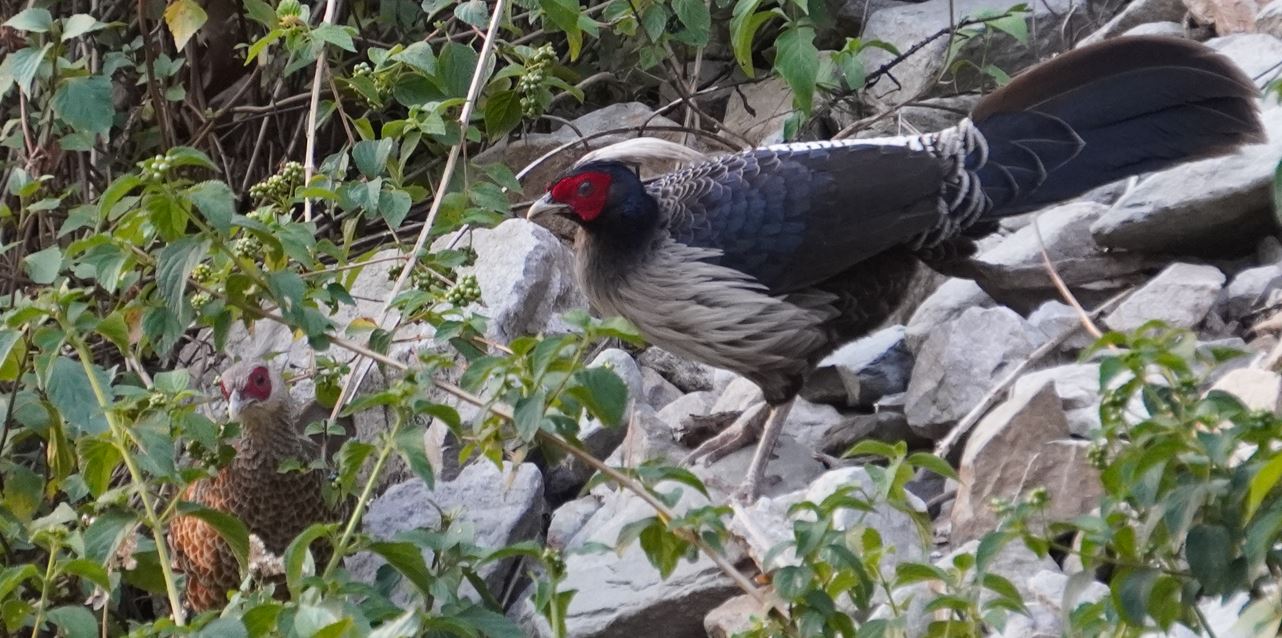National Parks & Wildlife Sanctuaries

Uttarakhand has a rich animal life because of its natural climate. Uttarakhand has 6 National Parks, 7 wildlife Sanctuaries, 4 Conservation Reserve and 1 Biosphere Reserve established to preserve and protect wildlife. The oldest national park in the indian subcontinent is Jim Corbett National Park. These wildlife Sanctuaries have Tigers, Leopards, elephants, wild boars, and bears and Birds include pigeons, ducks, doves, peacocks, quail, partridges, jays and woodpeckers. Uttarakhand, nestled in the lap of the majestic Himalayas, is blessed with an abundance of natural beauty and biodiversity. The state is home to several National Parks and Wildlife Sanctuaries, which serve as havens for a wide array of flora and fauna. These protected areas not only conserve the rich biodiversity of the region but also provide opportunities for ecotourism and environmental education. In this comprehensive guide, we will explore the National Parks and Wildlife Sanctuaries of Uttarakhand in detail.

Jim Corbett National Park: Location: Located in the Nainital district of Uttarakhand, Jim Corbett National Park is the oldest national park in India. Flora and Fauna: The park is renowned for its population of Bengal tigers, along with other wildlife species such as elephants, leopards, deer, and various bird species. The diverse vegetation includes sal forests, grasslands, and riverine vegetation. Attractions: Visitors can enjoy jeep safaris, elephant safaris, and birdwatching tours. The park also offers opportunities for angling, nature walks, and wildlife photography. Conservation: Jim Corbett National Park plays a crucial role in tiger conservation efforts in India, serving as a flagship protected area for these majestic creatures. Rajaji National Park: Location: Situated in the Shivalik range of Uttarakhand, Rajaji National Park spans across the districts of Haridwar, Dehradun, and Pauri Garhwal. Flora and Fauna: The park is home to a diverse range of flora and fauna, including tigers, leopards, elephants, deer, and over 400 bird species. The vegetation includes mixed forests, grasslands, and riverine ecosystems. Attractions: Visitors can explore the park through jeep safaris, elephant safaris, and nature walks. The park also offers opportunities for birdwatching and camping. Conservation: Rajaji National Park is dedicated to the conservation of endangered species such as tigers and Asian elephants. It also serves as an important wildlife corridor connecting the Himalayan and Shivalik ecosystems. Valley of Flowers National Park: Location: Tucked away in the Chamoli district of Uttarakhand, the Valley of Flowers National Park is renowned for its stunning alpine meadows and diverse floral species. Flora and Fauna: The park is home to over 600 species of flowering plants, including several rare and endemic species. It also supports a variety of fauna, including the Himalayan black bear, snow leopard, musk deer, and numerous bird species. Attractions: Visitors can trek through the picturesque valleys adorned with colorful blooms during the monsoon season, which is the best time to witness the floral extravaganza. The park also offers breathtaking views of the surrounding Himalayan peaks. Conservation: Valley of Flowers National Park is a UNESCO World Heritage Site and is dedicated to the conservation of its unique floral diversity. Nanda Devi National Park: Location: Situated in the Chamoli and Pithoragarh districts of Uttarakhand, Nanda Devi National Park is renowned for its spectacular landscapes and diverse wildlife. Flora and Fauna: The park is home to several rare and endangered species, including the snow leopard, Himalayan musk deer, blue sheep, and Himalayan monal. The vegetation includes alpine meadows, rhododendron forests, and birch forests. Attractions: Visitors can trek to various scenic spots within the park, including the Nanda Devi peak and the Rishi Ganga gorge. The park also offers opportunities for wildlife viewing and birdwatching. Conservation: Nanda Devi National Park is a UNESCO World Heritage Site and is dedicated to the conservation of its unique biodiversity and pristine landscapes.

Gangotri National Park: Location: Located in the Uttarkashi district of Uttarakhand, Gangotri National Park is named after the sacred Ganges River and is known for its rugged terrain and pristine beauty. Flora and Fauna: The park is home to a variety of wildlife, including the Himalayan tahr, snow leopard, Himalayan black bear, and numerous bird species. The vegetation includes alpine meadows, coniferous forests, and glacial landscapes. Attractions: Visitors can trek to the source of the Ganges River at Gaumukh and explore the scenic beauty of the Gangotri glacier. The park also offers opportunities for camping, birdwatching, and adventure activities. Conservation: Gangotri National Park is dedicated to the conservation of its unique Himalayan ecosystems and is an important watershed area for the Ganges River. Binsar Wildlife Sanctuary: Location: Situated in the Almora district of Uttarakhand, Binsar Wildlife Sanctuary is known for its panoramic views of the Himalayan peaks and diverse wildlife. Flora and Fauna: The sanctuary is home to a variety of flora and fauna, including oak forests, rhododendron forests, leopards, deer, langurs, and numerous bird species. Attractions: Visitors can enjoy nature walks, birdwatching, and trekking trails that offer stunning views of the surrounding Himalayan peaks. The sanctuary also houses the Binsar Mahadev Temple, a popular pilgrimage site. Conservation: Binsar Wildlife Sanctuary is dedicated to the conservation of its rich biodiversity and serves as an important ecological corridor in the Kumaon region. Askot Wildlife Sanctuary: Location: Located in the Pithoragarh district of Uttarakhand, Askot Wildlife Sanctuary is known for its rugged terrain and diverse wildlife. Flora and Fauna: The sanctuary is home to a variety of flora and fauna, including oak forests, rhododendron forests, Himalayan black bears, leopards, musk deer, and numerous bird species. Attractions: Visitors can explore the sanctuary through trekking trails that offer breathtaking views of the Himalayan peaks. The sanctuary also offers opportunities for birdwatching and wildlife photography. Conservation: Askot Wildlife Sanctuary is dedicated to the conservation of its unique Himalayan ecosystems and is an important habitat for several endangered species. Govind Pashu Vihar Wildlife Sanctuary: Location: Situated in the Uttarkashi district of Uttarakhand, Govind Pashu Vihar Wildlife Sanctuary is known for its diverse wildlife and scenic beauty. Flora and Fauna: The sanctuary is home to a variety of flora and fauna, including alpine meadows, coniferous forests, snow leopards, Himalayan tahrs, musk deer, and numerous bird species. Attractions: Visitors can explore the sanctuary through trekking trails that offer stunning views of the surrounding Himalayan peaks. The sanctuary also offers opportunities for birdwatching and nature photography. Conservation: Govind Pashu Vihar Wildlife Sanctuary is dedicated to the conservation of its unique biodiversity and serves as an important habitat for several endangered species.
